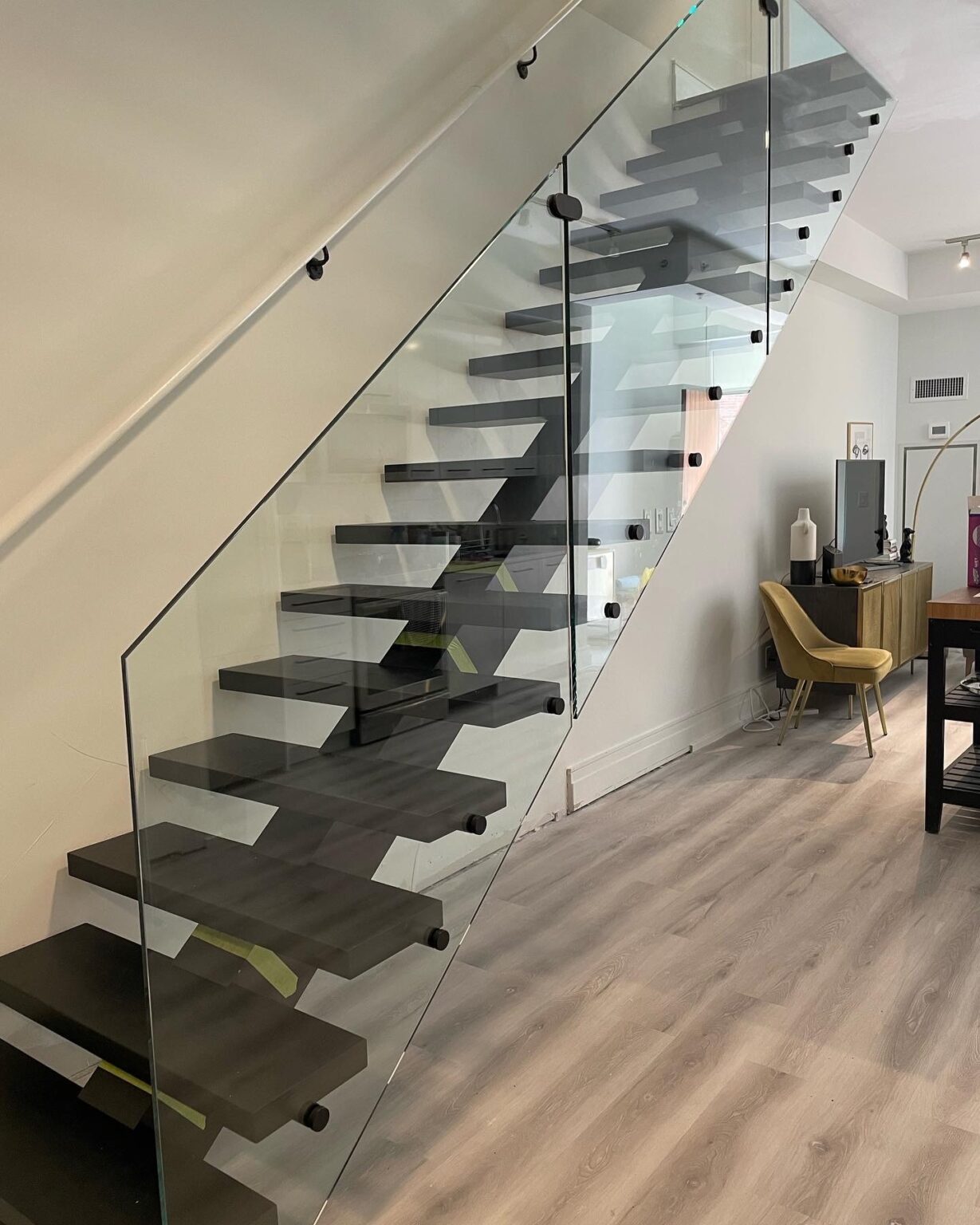- Safety: If stairs are worn, damaged, or have become slippery over time, they can pose a significant safety hazard. This can be especially true if they are heavily used, such as in a high-traffic commercial building. Replacing these stairs with new, sturdy steps can help to prevent falls and injuries.
- Accessibility: If a building is used by people with mobility issues, it may be necessary to replace the stairs with ramps or wider, more easily navigable steps. This can make it easier for those with mobility aids or disabilities to access the building and move around within it.
- Aesthetics: Over time, stairs can become worn, chipped, and discolored, detracting from the overall appearance of a building. Replacing these stairs with new, updated ones can improve the look of a property, helping to attract tenants, customers, or buyers.
- Functionality: In some cases, stairs may not be evenly spaced or may lack handrails, making them difficult to use. Replacing these stairs with ones that are more functional and safer to use can improve the overall experience of using the building.
- Code Compliance: Building codes can change over time, and stair replacement may be necessary to bring a building up to current code. For example, changes to codes may require handrails, increased riser heights, or minimum step widths. Replacing stairs to meet these new codes can help to ensure that a building remains safe and accessible for all users.

